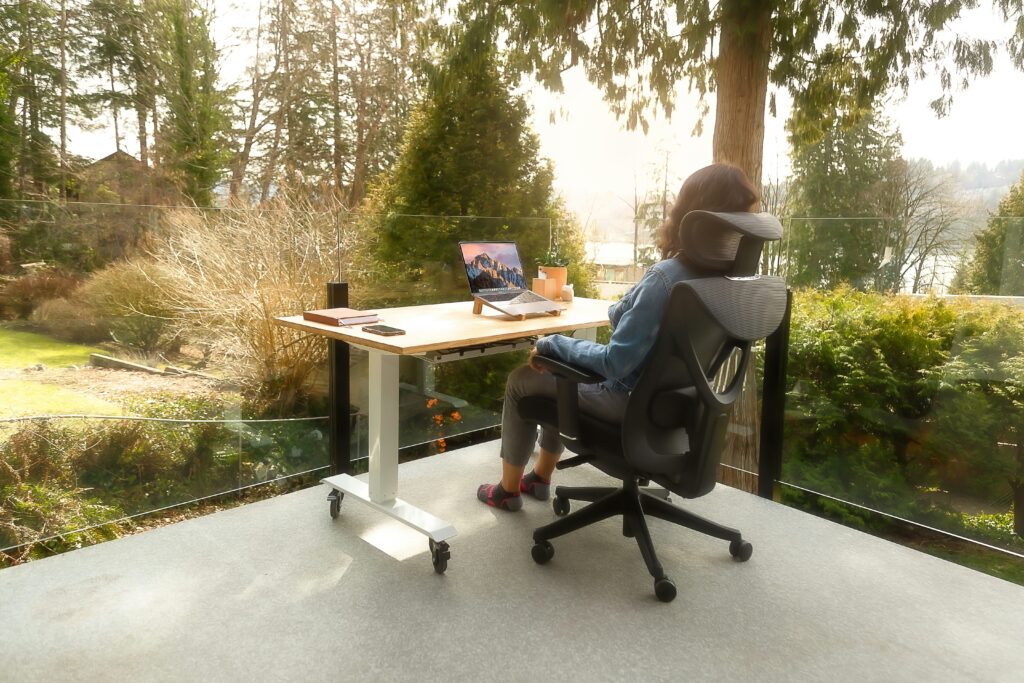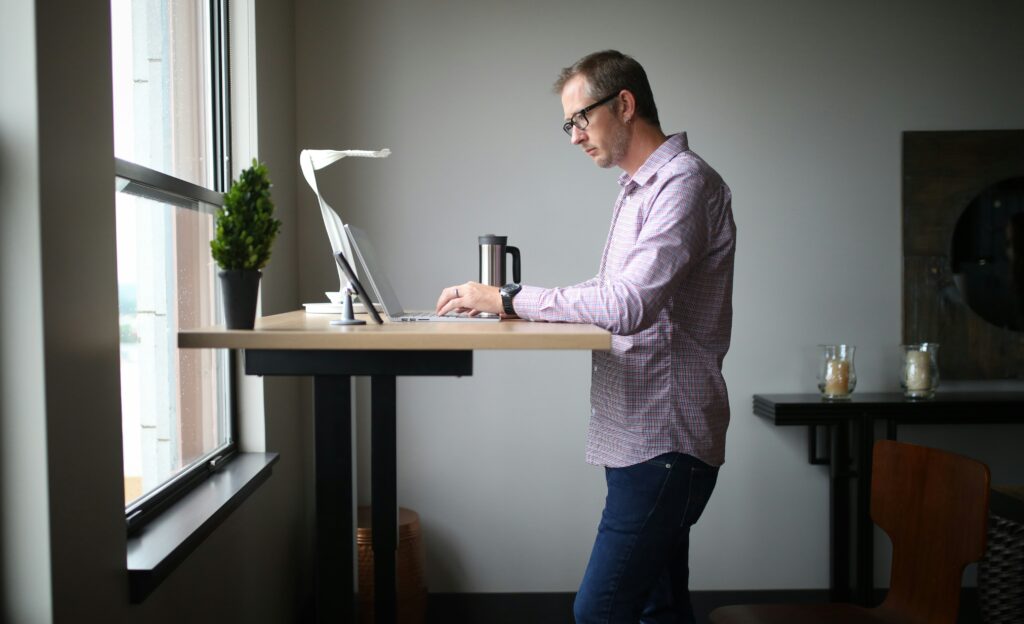Do you ever feel stiff, achy, or drained after a long day at your desk? You’re not alone. Most of us spend hours sitting—at work, in the car, or on the couch—and our bodies aren’t built for it. Too much sitting can leave you with sore muscles, poor posture, and even long-term health risks. The good news? You can reverse many of these painful effects with simple daily habits.
So, what does all this sitting really do to your body? Let’s break down the most common painful effects
The Problem with Sitting Too Much
When you sit for extended periods, your body adapts in ways that aren’t always healthy:
- Muscles tighten (especially hips and hamstrings).
- Core and glute muscles weaken.
- Your spine compresses, leading to back and neck pain.
- Blood circulation slows, causing swelling and fatigue.
- Long-term, it raises the risk of heart disease, diabetes, and weight gain.
The Painful Effects on the Body
Back & Neck Pain
Poor posture and slouching put extra strain on your spine. Over time, this can lead to chronic pain.
Hip & Leg Stiffness
Hours in a chair cause hip flexors to shorten and glutes to weaken—two key reasons for stiffness and imbalance.
Circulation Problems
Sitting slows blood flow, which can make your legs feel heavy or swollen.
Energy & Focus
Too much sitting doesn’t just hurt your body—it can drain your mind, leaving you foggy and less productive.
How to Fix the Painful Effects
The good news is you’re not stuck with these issues—simple daily habits can reverse much of the damage.
1. Take Frequent Movement Breaks
- Stand up every 30–60 minutes.
- Walk around the office or stretch for a minute.
- Use a timer or reminder app to keep you consistent.
2. Stretch & Strengthen Key Muscles
- Stretch hips, hamstrings, and shoulders to release tightness.
- Strengthen your glutes, core, and upper back to support posture.
- Even 5–10 minutes daily makes a difference.
3. Improve Your Workstation Setup
- Adjust your chair and desk so elbows and knees are at 90 degrees.
- Place your monitor at eye level.
- Keep feet flat on the floor or use a footrest.
4. Try Alternatives to Sitting
- Use a standing desk or adjustable workstation.
- Try active seating options like a stability ball or kneeling chair.
- Take walking meetings or stand during phone calls.
5. Lifestyle Fixes
- Take short walks after meals.
- Do mini-workouts or yoga during breaks.
- Drink more water (you’ll naturally get up more often).
Quick Daily Routine (Example)
Here’s a sample schedule you can adapt:
- Morning: 5-minute stretch before starting work.
- During work: Stand up every hour, even briefly.
- Lunch break: Short walk outside.
- Afternoon: Quick strength or mobility exercises.
- Evening: 10–15 minutes of yoga or bodyweight training.
Sitting is part of modern life, but it doesn’t have to control your health. With small, consistent changes—stretching, moving, and setting up your workspace properly—you can prevent and even reverse the painful effects. Start with one habit today, and your body will thank you tomorrow.


